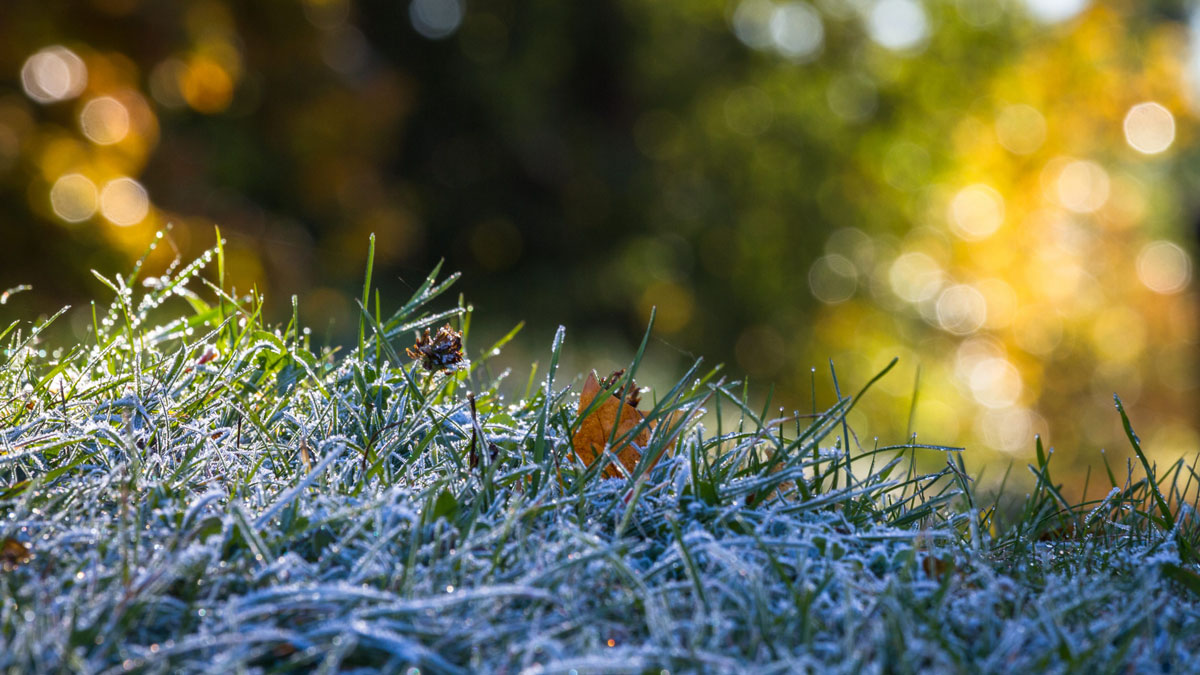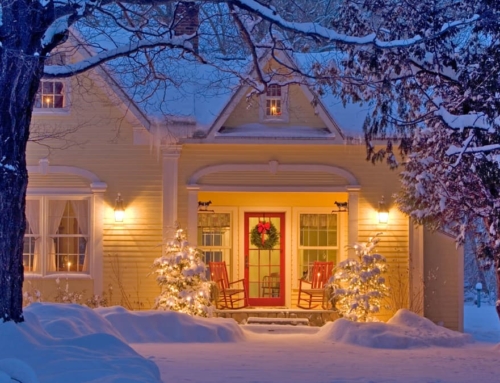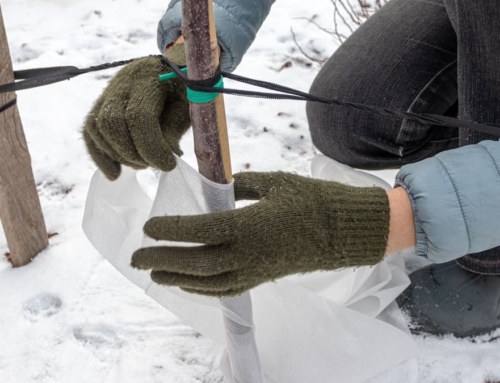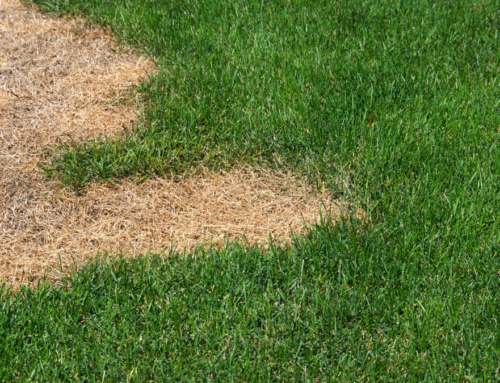WINTERIZATION AND WINTER IRRIGATION

It’s official, fall is here. Suddenly, you can feel the crisp chill of the changing season in our Colorado air. While this change in weather is welcomed with open arms, it does mean it’s time to start thinking about winterizing your yard.
Yards in Colorado go through a lot in the span of a year. From hot, dry summer temperatures to wet, heavy snow-packed winters, it’s important you take the necessary steps to prepare your plants and lawn for these changes. Here is what we suggest will best prepare your yard for the upcoming seasons.
FERTILIZE
Adding a fertilizer to your lawn prior to the winter will make it look lush and help grass spread to areas that are thin. Look for a fertilizer designed specifically for winterizing your lawn. In Colorado the best time to add fertilizer is in the beginning of September, ensuring it has enough time and water before winterization happens.
WEED CONTROL
Though weeds should be managed year-round, it’s important to make sure it’s done before winterization. If left untreated, weeds will compete for nutrients with the rest of your lawn during the winter months.
RAKE & MOW
Once leaves begin to fall it’s important to remove them as soon as possible because leaves can smother your lawn and will also keep it from absorbing water properly. Leaves also serve as cover for autumn infiltrators like roaches, boxelders and even rodents. Beetles, spiders, and even termites are attracted to leaves, too. Raking will also help to remove thatch buildup that can occur.
COVER PLANT BEDS
To maintain your flower and vegetable beds during the winter, it is important to protect the soil by adding mulch or covering the bed with burlap. Added water, along with a thick bed of mulch, will help protect plants throughout the harsh winter months. The benefits of winter mulching include protecting soil from erosion and regulating its temperature. Mulch can even help prolong your crop. And as the mulch breaks down, it incorporates fresh organic material into your soil.
TRIM, TRIM, TRIM
Trim your trees, shrubs and plants so they are less vulnerable to winter weather and pests. Remove any dead growth to discourage insects who choose to hide there for the winter. Trimming will also create room for new growth in the upcoming spring season and ensure branches won’t snap or break under pressure from high winds or during a snowstorm. While shrubs don’t pose the same issue as falling trees, some fall pruning will help them remain healthy and attractive.
WONDERING ABOUT WATERING IN THE WINTER? AND HOW MUCH WATER IS ENOUGH?
Here’s a handy guide that provides some general rules of thumb.
TREE WATERING
If your tree was planted in the last few years, or if it has a shallow root system (in the top eight inches of the soil)—like elm, maple, fir and spruce—winter watering is especially critical in preventing dehydration.
Before you pull out the hose or deep root fork, test the moisture of the soil about four to eight inches deep. If the soil is dry to the touch, go ahead and water the tree. Experts commonly recommend about 10 to 20 gallons of water for each diameter inch of tree. If you have no idea how big the circumference of your tree trunk is, don’t worry. It’s easy to find out. Measure the trunk with a simple measuring tape about four feet from the base of the tree.
Watering one to two times per month from November to April is what’s recommended in Colorado. Look for warm winter days that are above 40 degrees F, and make sure the soil isn’t frozen. We recommend watering slowly so that the plant has time to soak it in.
SHRUB WATERING
In general, mulched shrubs retain moisture better and are less likely to dehydrate in the winter. When watering recently planted shrubs (less than one year old), estimate about five gallons twice a month. For small, established shrubs (less than three feet), water needs are less: five gallons once a month. Large, established shrubs (more than six feet) need upward of 18 gallons every month.
Keep in mind that these are rough guidelines, and you should reduce the recommended amounts based on recent precipitation and snow ground cover. Shrubs in sunny, windy or exposed areas should be a high priority.
If you’re using a hose to water, always remember to remove it from the spigot after watering to prevent freeze damage.
If you have questions about caring for your landscape in the harsh, dry Front Range winter, give the experts at Detailed Landscape a call! We’ll help make sure your landscape survives and thrives year-round.






